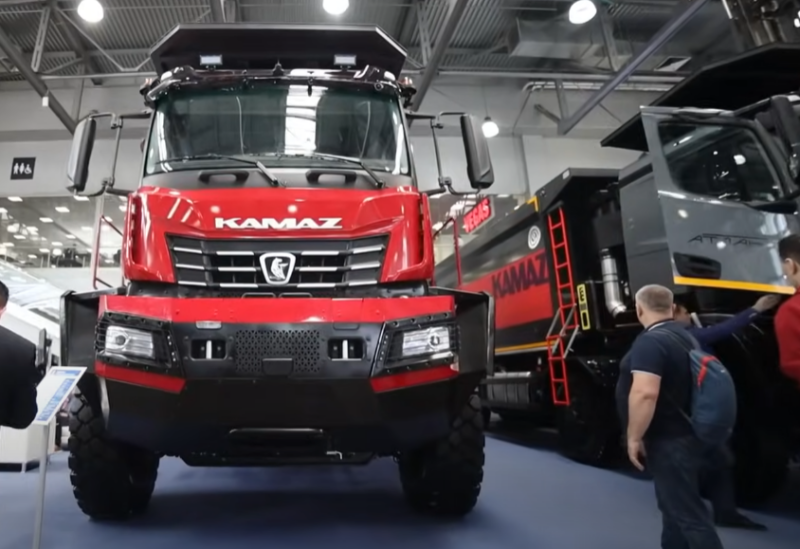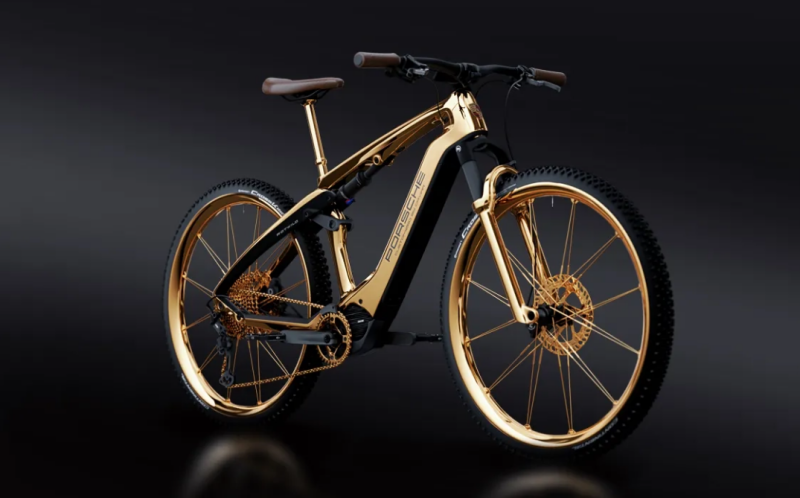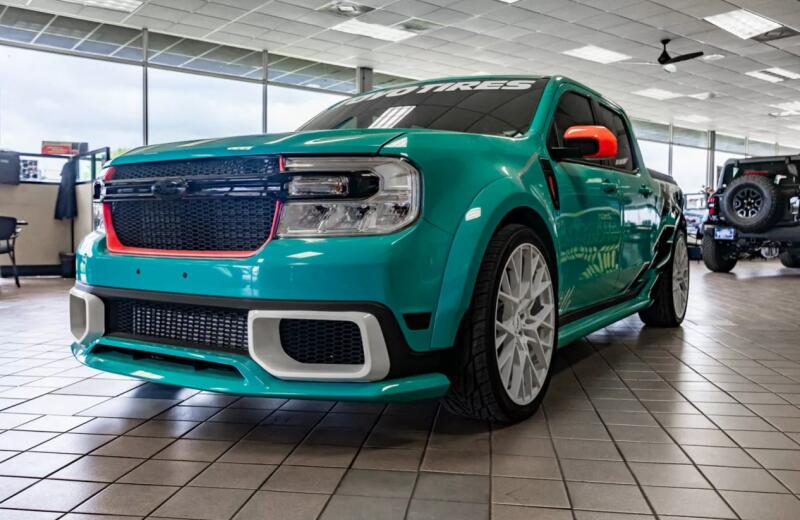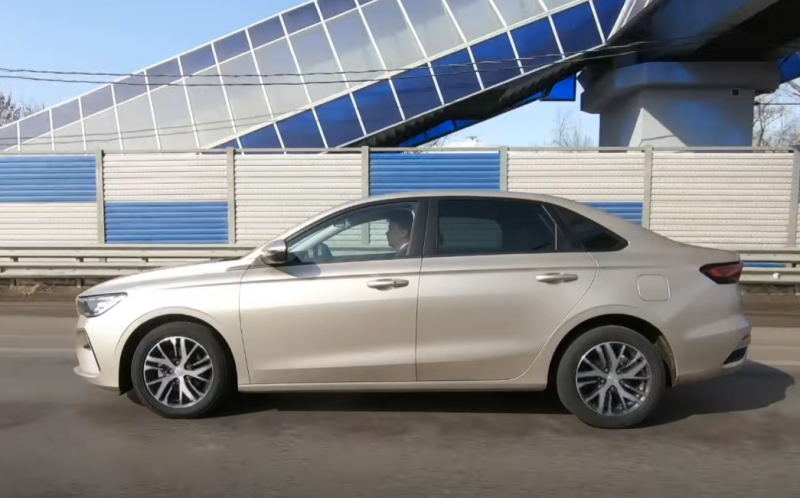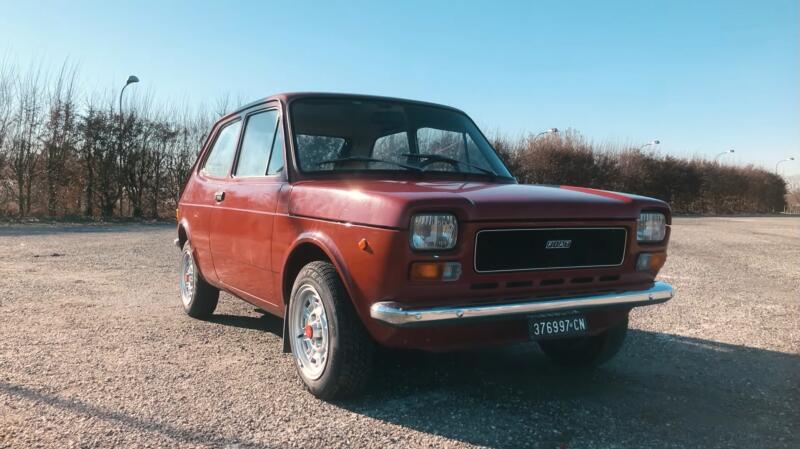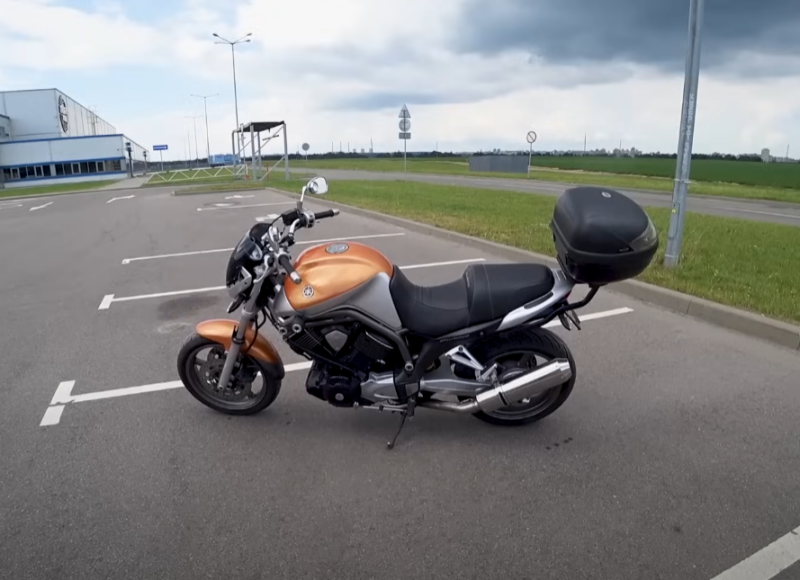On occasion, they did not disdain to involve civilian equipment. Let us recall at least the famous transfer of French military units in 1914, during the Battle of Marne, by the forces of Parisian taxis. 600 cars rolled up twice "to the front and back" and contributed to the defeat of the Germans, discouraged by such a chic enemy maneuver.
By the way, Russia did not lag behind European countries in terms of mechanization. Specialized automobile parts appeared in the structure of the Russian army. But, as always at the wrong time, the revolution arrived, followed by the Treaty of Brest-Litovsk, the Civil War, devastation, famine and the list goes on. It became a little not up to cars. The internal conflict was resolved mainly on horseback and with checkers. Automotive equipment was used, but extremely limited, mainly what was left as a legacy from the Imperialist massacre. There was no mass auto production in Soviet Russia, and there was nothing to buy.
The idea that the impetuous Red Army, with the use of a car, would become even more impetuous, was formed as a concept only towards the end of the 20s. By that time, the Soviet industry had already mastered the production of some kind of automotive equipment based on imported analogues.
In 1928, only 1050 vehicles were on the balance sheet of the entire Red Army. This is everything, including passenger cars, for moving command personnel and rarities left over from tsarist Russia, often faulty.
But already in the early 30s, automobile battalions began to form, equipment began to enter the troops. Basically, these were AMO-F-15 trucks. The production of this machine was launched at the end of 1924, at the Moscow plant AMO (future ZIL). The design was based on the FIAT-15 model (hence the F-15 index), which was assembled at the plant from 1919 to 1924. The truck was produced until 1931, when it was replaced on the conveyor by a more modern AMO-3.
 AMO-F-15. Photo: youtube.com
AMO-F-15. Photo: youtube.comBy 1932, the number of cars in the Red Army had already exceeded 5,5 thousand.
Further more. As the Soviet auto industry built new factories and mastered new models, the range of equipment in the army grew.
GAZ-A cars (nee Ford-A) and GAZ-AA lorry arrived from Gorky.
 In the foreground are two GAZ-AA vehicles. Photo: arsenal-info.ru
In the foreground are two GAZ-AA vehicles. Photo: arsenal-info.ruGAZ-A was used mainly to move the command staff of the Red Army. A little later, in 1936, the GAZ-M1 model, the famous Emka, arrived in time to replace it. The machine is extremely versatile, used by both staff officers and field commanders. However, those who had very large stars in their buttonholes were entitled to a much more representative crew - a seven-seater ZIS-101.
 "Black Funnel" GAZ-M1, "Emka". Photo: youtube.com
"Black Funnel" GAZ-M1, "Emka". Photo: youtube.comBut the main vehicles in the army, of course, were trucks.
The socialist industry tried its best to ensure that the native Red Army did not know the lack of transport. The ancient AMO-F-15, as mentioned above, was replaced by the "three-tonne" AMO-3, which in 1933 was modernized into a 3-ton ZIS-5 and a 4-ton ZIS-6.
 "Three-ton" ZIS-5. Photo: youtube.com
"Three-ton" ZIS-5. Photo: youtube.comThe GAZ "one and a half" GAZ-AA has grown with a third axle, turning into a GAZ-AAA. Both models were produced in parallel and both were actively supplied to the troops. In 1938, the "one and a half" was once again modernized, having received a more powerful engine as much as 50 hp. With. and changing vowels to consonants - GAZ-MM. In this form, the truck rolled onto the roads of the Great Patriotic War.
 GAZ-AAA has been produced since 1934. Photo: youtube.com
GAZ-AAA has been produced since 1934. Photo: youtube.comAttempts were made to purchase vehicles abroad. For example, in the early 30s, a batch of Moreland trucks was purchased in the USA. However, this phenomenon did not become widespread. In the difficult conditions of the Soviet off-road, imported equipment often broke down, and spare parts had to be purchased for foreign currency. Unprofitable. So, before the start of World War II, when the fleet began to be replenished with Lend-Lease supplies and trophies, foreign equipment in the troops was a rarity.
 The legendary "one and a half" GAZ-MM. Photo: youtube.com
The legendary "one and a half" GAZ-MM. Photo: youtube.comThe transfer of troops and the delivery of property and ammunition is far from the only possible use of army cargo equipment. Someone will say: the supply of building materials to the general's dacha. But no, this extremely useful function of trucks was massively mastered in the later Soviet period, and in the 30s for this you could leave directly from the dacha on a black "emka" in the company of NKVD employees. So they tried to use AMOs, GAZs and ZISs in a more diverse and law-abiding manner.
For example, like tractors in artillery. Or as a chassis for mounting numerous deadly devices. So, a 76,2-mm cannon was screwed onto the American Moreland trucks mentioned above and received the SU-12 artillery mount.
 76,2 mm SU-12 based on the American Moreland truck. Photo: arsenal-info.ru
76,2 mm SU-12 based on the American Moreland truck. Photo: arsenal-info.ruMachine guns "Maxim" were installed on the AMO-F-15 back in the 20s. Such a mechanized cart was obtained. Trucks were widely used to install anti-aircraft guns and machine guns. But the apotheosis of development, of course, was the legendary Katyusha in 1941.
 AMO-F-15 with Maxim machine guns mounted on them at a parade on Red Square. Photo: arsenal-info.ru
AMO-F-15 with Maxim machine guns mounted on them at a parade on Red Square. Photo: arsenal-info.ruThe chassis of the Gorky Automobile Plant was massively used for the manufacture of various military equipment. So, on the basis of GAZ-AAA, gasoline and oil tankers, mobile workshops, mobile radio stations, RUS-2 long-range radio detection systems and much more were built. There was even a mobile aircraft starter.
 3-ton ZIS-6. Photo: youtube.com
3-ton ZIS-6. Photo: youtube.comA self-propelled artillery mount was also based on the same chassis, with the same 76,2 mm gun as on the Moreland trucks. In order not to be confused, the "self-propelled gun" received its own index SU-1-12.
Armored vehicles BA-6 (1936-1938) and BA-10 (1938-1941) were built on a shortened GAZ-AAA chassis, which were very useful in the Finnish campaign and at the initial stage of the Great Patriotic War. True, due to their weak security, most of them were destroyed very quickly.
By the way, armored vehicles were also built on the GAZ-M1 passenger chassis. BA-20, armed with a heavy machine gun, was widely used in the battles at Khalkin Gol, the Soviet-Finnish War and the Great Patriotic War.
 Armored car BA-20. Photo: youtube.com
Armored car BA-20. Photo: youtube.comA feature of the military fleet of the pre-war period was that the equipment was mainly used in civilian versions, not adapted to military conditions. All-wheel drive vehicles were almost completely absent. There was a severe shortage of qualified personnel and repair bases. For these reasons, in real combat operations, equipment quickly failed.
In addition, despite all the efforts of industry, there were not enough vehicles in the Red Army. For example, by June 1941, there were just over 270 vehicles in the Red Army, which was less than 40% of the staff. This was partly due to the fact that the leadership of the army expected, in the event of a global armed conflict, to quickly mobilize civilian equipment. Given the then confidence that the war would be fought quickly and on foreign territory, this did not cause much concern. However, the reality turned out to be much more cruel. Only in the first months of the Great Patriotic War, the army irretrievably lost 159 thousand vehicles - more than half of the original number! And because of the rapid advance of the Wehrmacht to the east, a huge amount of civilian equipment was captured by the Germans.
Under these conditions, the supply of American Lend-Lease trucks became very important. However, that's another story.

